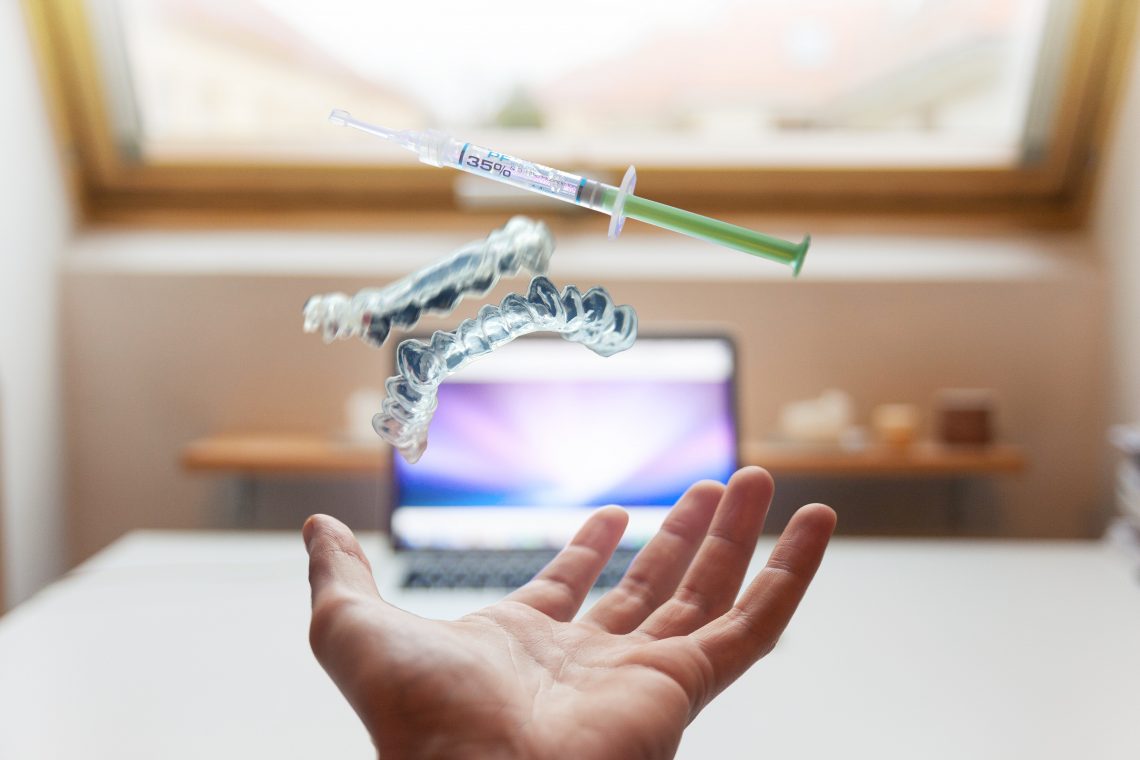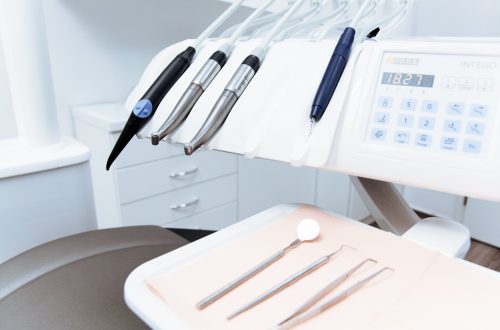
What Does Orthodontics Mean?
The word orthodontist, which could make one think of a specialist in a medical field, does not exist. No specialist doctor is referred to by this term, let alone a specialist dentist. On the other hand, a dentist specializing in orthodontics is called an orthodontist.

Orthodontics is a medical (dental) specialty that studies the shape, position, and function of the dental arches and jaws and treats disorders related to abnormalities in the shape of the jaws and the position of the teeth for functional and aesthetic purposes. . The orthodontist is, therefore, a dentist who specializes in this branch of dental surgery.
A dental surgeon, commonly referred to as a dentist, is a dental specialist. He is authorized to practice odontology (the study of the tooth, dental pathologies, and their treatments) or maybe a specialist in orthodontics. We do this by hearing patients use the term “orthodontist” to qualify a specialist in dental surgery. However, this term does not correspond to any specialist in the medical field. Some patients prefer to use “orthodontist”, a word in which appears the term dentist (formed of the name “tooth” and the suffix “site”), associated with a prefix drawn from the Greek “ortho”. But, the correct term is orthodontist and orthodontist.
An orthodontist is a specialist in orthodontics. Etymologically, the term orthodontics comes from the Greek “ortho” which means “right” and “odontos” which means “tooth”. Thus, the term orthodontic from which some patients want to form the word “orthodontist” does not exist. No specialist in “orthodontics” could call himself an orthodontist. Thus, there is often confusion between the two words. But we should rather use the term orthodontist and not “orthodontist”.
An orthodontist is a dentist or dental surgeon specializing in orthodontics. He is a dentist specializing in correcting the position of teeth and jaws to improve their appearance and function. It treats orthodontic problems, in particular, dental malocclusion, which refers to an abnormal alignment of the upper teeth about the lower teeth. He deals with the prevention and correction of malocclusions.
It is very simple, for two reasons: on the one hand, the obligatory use of the mask makes it possible to hide the traditional orthodontic systems, and, on the other hand, there are currently systems of dental alignment imperceptible to the others.
Indeed, if what you want is that nobody knows that you are undergoing a dental correction treatment, you can opt for the Invisalign transparent aligner system, while if you want to be able to correct your teeth with traditional braces and effective metallic, but you do not want to wear a calm, metallic smile, as few will see your mouth because, eventually, you will have to wear a mask during the entire treatment.
of course, what is most desirable in orthodontics are the results: a beautiful smile. However, that beautiful smile is not the only thing we improve with orthodontics. Let’s see:
Perfect dental occlusion, leading to long-term functional improvements.
Better preservation of teeth by avoiding wear resulting from malocclusion.
Improvements in dental hygiene, as properly aligned teeth facilitate daily hygiene and thus improve oral health.
Orthodontics is a branch of specialist dentistry. The term “orthodontics” can be broken down into two Greek words – meaning right “orthos” or meaning teeth rectify and “donations”. Orthodontics, therefore, describes the practice of straightening bad teeth or malocclusions. Dentists who specialize in orthodontics can help manage abnormal positioning of the teeth, jawbones, and face
Orthodontics has additional benefits above to improve the cosmetic appearance. The benefits of opting to straighten teeth include:
Self-esteem improvement
Improved tooth function including better chewing and clearer pronunciation and speech
Reduced risk of injury and gum trauma due to incisal overlaps and malocclusions
The orthodontist is a highly qualified expert who can easily and effectively treat and correct oral and facial malformations. This expertise is not limited to the art of tightening, spreading, advancing, retreating, or correcting malpositioned teeth to obtain a correct alignment thereof. It makes it possible to treat not only malocclusions but also mandibular deviations.

